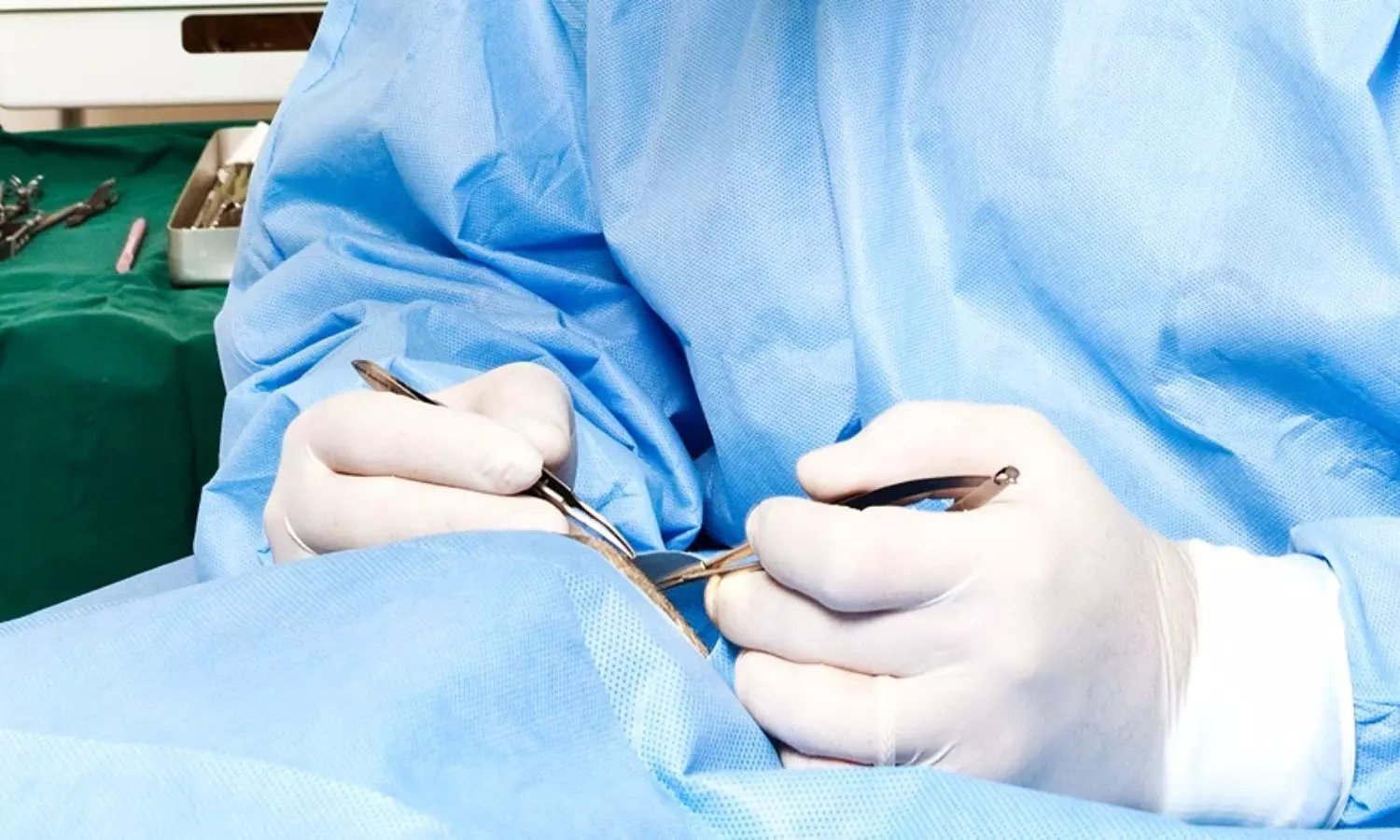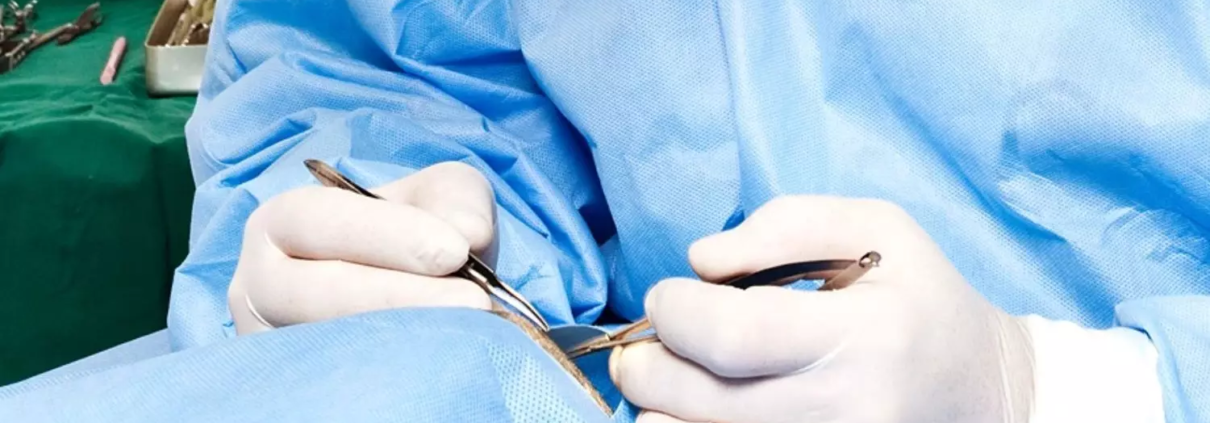Observational Study Highlights Postinflammatory Hyperpigmentation after Mohs Micrographic Surgery

USA: Mohs Micrographic Surgery (MMS) is a widely recognized and effective technique for treating certain types of skin cancer, known for its high cure rates and tissue-sparing approach. However, a recent observational study has shed light on a common but often overlooked complication associated with this procedure: postinflammatory hyperpigmentation (PIH).
The study found that individuals with skin of color (Fitzpatrick skin types IV to V) are more likely to develop postinflammatory hyperpigmentation following Mohs micrographic surgery (MMS). Granulation and grafts lead to PIH more often than linear repairs and flaps.
“Postoperative complications significantly increase PIH risk,” the researchers wrote in the Journal of Drugs in Dermatology. “Surgeons should consider these risk factors during surgical planning to mitigate PIH in the skin of color individuals.”
Postinflammatory hyperpigmentation refers to the darkening of the skin that occurs following inflammation or injury, such as surgical procedures. While typically benign, PIH can have significant cosmetic and psychological implications for patients, leading to concerns about scarring and changes in skin pigmentation.
Cosmetic and functional outcomes following MMS are studied poorly in individuals with skin of color. Postinflammatory hyperpigmentation may be highly distressing and long-lasting. SOC individuals are particularly susceptible to PIH following procedures. Considering this, Onjona B. Hossain, Albert Einstein College of Medicine, Department of Medicine, Division of Dermatology, Bronx, NY, and colleagues aimed to characterize factors contributing to the PIH development following MMS in SOC.
For this purpose, the researchers conducted a retrospective study comprising 72 SOC individuals with 83 cases of keratinocyte carcinoma treated with MMS between August 2020 and August 2021 at a single medical center in the Bronx, New York.
The study led to the following findings:
- Postinflammatory hyperpigmentation following Mohs micrographic surgery was more common in Fitzpatrick skin types (FST) IV to V (48.0%) compared to FST I to III (18.2%).
- Grafts and granulation resulted in higher rates of PIH compared to linear repairs and flaps (87.5% versus 30.7%).
- Cases with postoperative complications resulted in higher rates of PIH compared to cases without (81.8% versus 29.2%).
- In a subset analysis of linear repairs, polyglactin 910 as a subcutaneous suture produced a higher PIH rate than poliglecaprone 25 (46.2% versus 7.1%).
“Surgeons should consider these risk factors during surgical planning for patients with skin of color to best minimize postinflammatory hyperpigmentation,” the researchers wrote. There is a need for studies with larger sample sizes.
In conclusion, the observational study underscores the importance of vigilance and proactive management of postinflammatory hyperpigmentation following Mohs Micrographic Surgery. By identifying risk factors and implementing preventive measures, dermatologic surgeons can mitigate the impact of this complication and optimize outcomes for patients undergoing skin cancer treatment.
Reference:
Hossain OB, Labiak A, Mieczkowska K, Srikantha R, Ciocon DH, Williams RF. Postinflammatory Hyperpigmentation Following Mohs Micrographic Surgery: An Observational Study. J Drugs Dermatol. 2024 May 1;23(5):316-321. doi: 10.36849/JDD.8146. PMID: 38709696.



